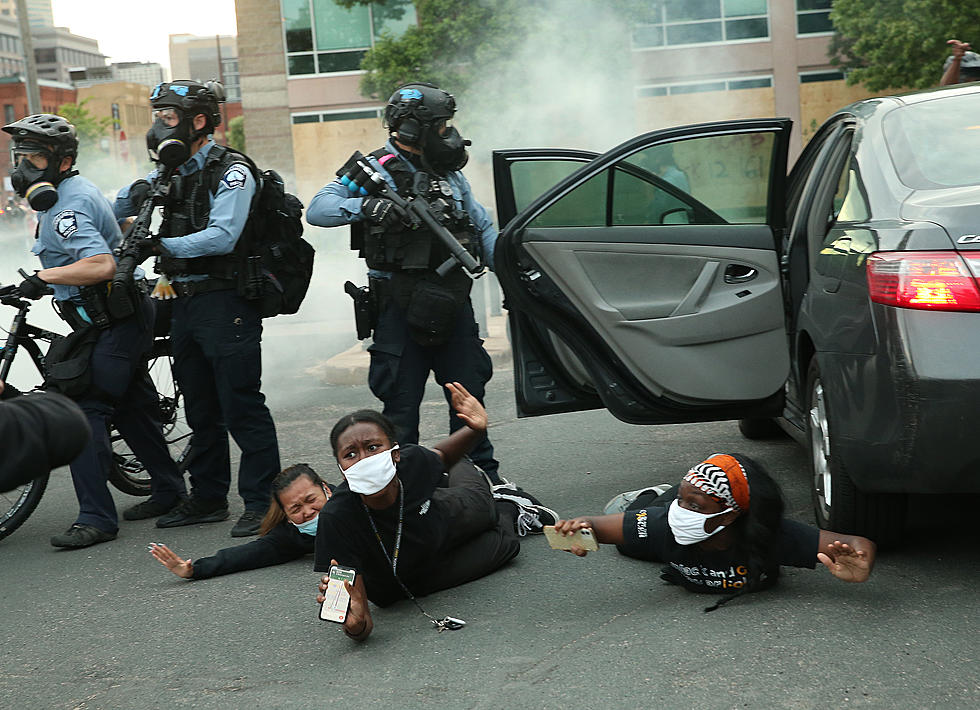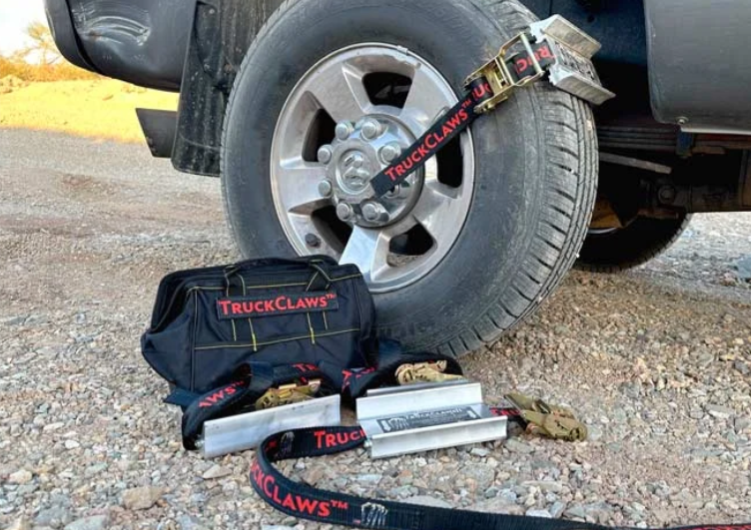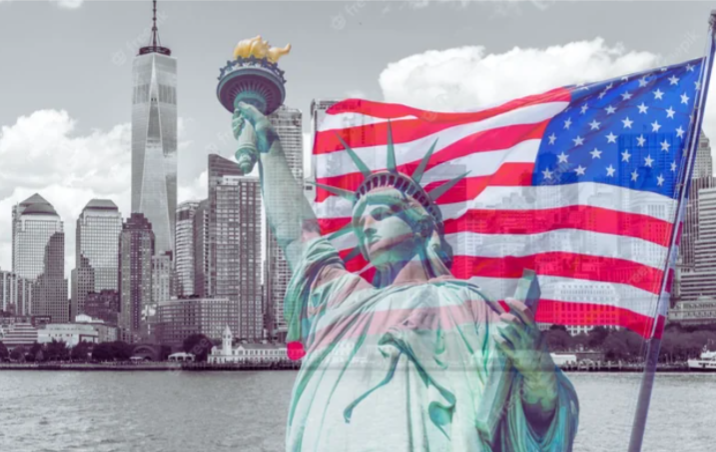(ThyBlackMan.com) With the death of George Floyd in May, nationwide outrage against police brutality has led to a debate regarding the menace of police brutality, as it has claimed countless innocent lives. However, before delving into the different types of police brutality offenses, let’s first answer a commonly misunderstood question: “What does the term police brutality mean exactly?”
According to the legal definition, police brutality is the violation of the civil rights of an individual by law enforcement officers through the use of undue or excessive use of force. These violations can include bullying, physical and/or verbal misconduct, physical or psychological injury, damage to property, and even death.
According to this definition, it is apparent that police brutality and misconduct are not limited to physical violence but can also take the form of verbal, emotional, and material damages.

So, let’s look at some of the most common types of police brutality offenses handled by a police brutality lawyer:
Use of Excessive Force by Police Officers
The use of excessive force by law enforcement officers has proven to be the most frequent police brutality offense. So, what does the use of excessive force mean, and how does one identify if excessive force is being used against them?
Oftentimes, it is necessary for law enforcement officers to use physical force to contain and control suspects that might be carrying firearms or are capable of physically harming bystanders or the officers themselves. This also includes subjects with a history of criminal offenses.
In these circumstances, the use of physical force is both legally and morally justified. Once the danger subsides and the subject in question has been restrained, the officer must also relax their use of force. However, sometimes police officers use more force than required and physically harm the person under arrest, and this falls under the category of police brutality.
To paint a clearer picture, let’s list some of the common police actions that fall under the category of police brutality due to excessive use of force.
- Beating a subject with a baton
- Unjustified use of firearms
- Use of chokeholds
- Tasing
- Unlawful takedown
False Arrest or Imprisonment
This is another common type of police brutality offense that involves the arrest of an individual both without an arrest warrant and without probable cause. Now, what is “probable cause”?
According to US criminal law, “probable cause” is the criteria that justifies the attainment of an arrest or search warrant for a suspected criminal. Therefore, arresting an individual without a proper arrest warrant is against the fourth amendment of the United States Constitution.
Furthermore, once the suspected individual is under arrest, it is the police department’s responsibility to justify the arrest and further detainment of the individual. Failure to justify the arrest can lead to a claim of wrongful arrest against the officer-in-charge.
Unlawful Search and Seizure
Although an official search warrant is required by the police to search the property and belongings of a suspected individual. In some situations, law enforcement officers do not require a permit or a search warrant to search a suspicious individual. However, the problem arises when law enforcement officers exceed their authority and carry out a search that invades the privacy of an individual without proper justification.
Racial and Ethnic Discrimination
This is one of the most common and outrageous forms of police brutality. It is where an individual is subjected to unfair treatment by law enforcement agencies due to their race or ethnicity.
Staff Writer; Paul Washington
















Leave a Reply